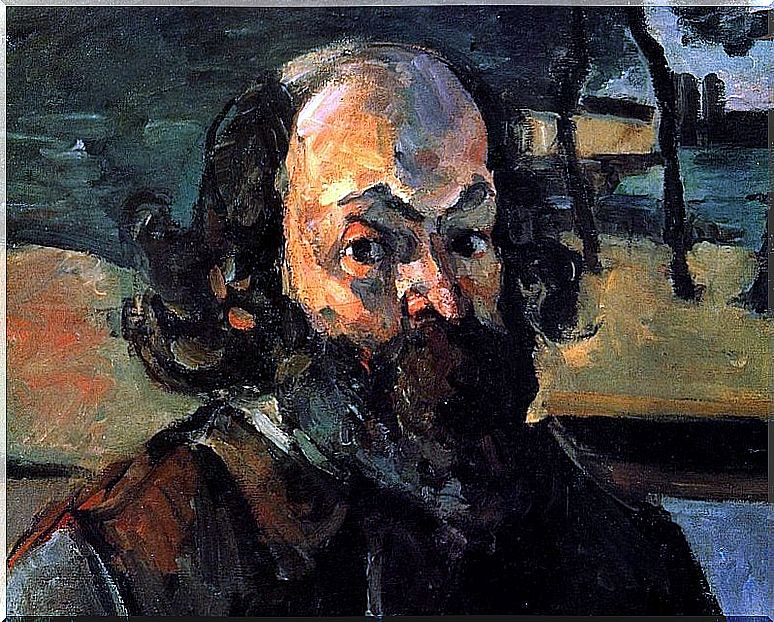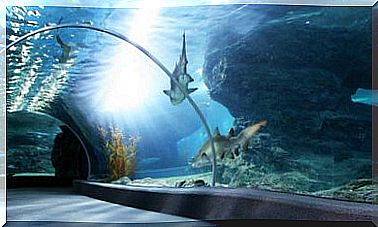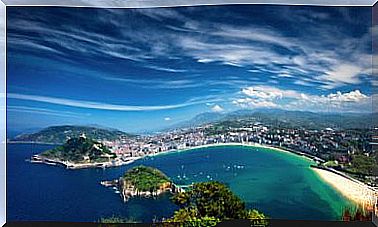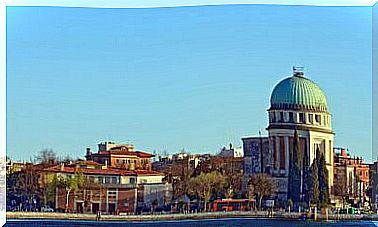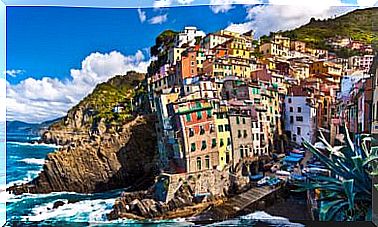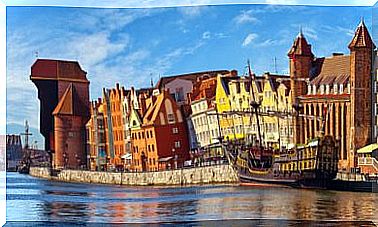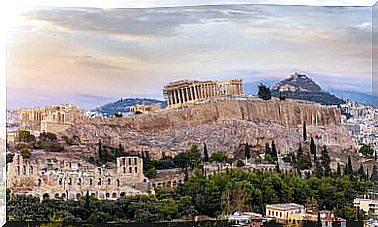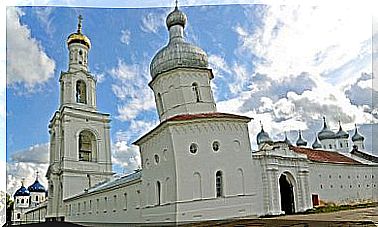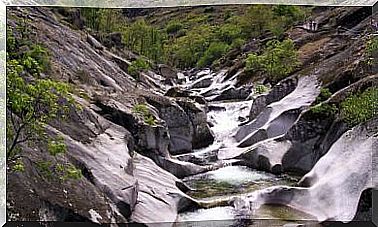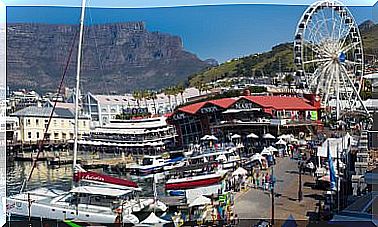Henry Matisse: The Life And Work Of This French Painter
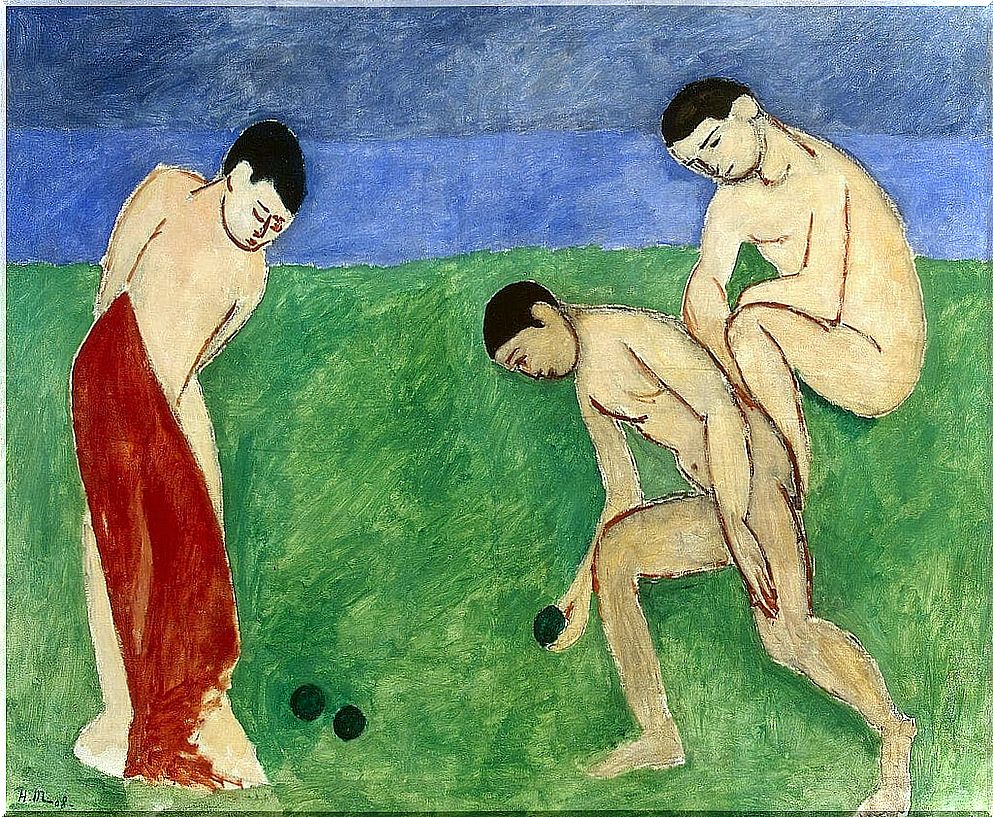
Henry Matisse was a French painter, the highest representative of the pictorial movement called Fauvism. Next, we discover everything you need to know about his life and artistic career, as well as where to see some of his most important works. Can you come with us?
A few brushstrokes from the life of Henry Matisse
Henry Matisse was born in Le Cateau-Cambrésis in 1869 and twenty years later, when he was convalescing from appendicitis and his mother brought him various items to paint, he began his artistic career. Later, in Paris, he attended various courses at the Académie Julian and in 1892, he entered the École des Beaux-Arts.
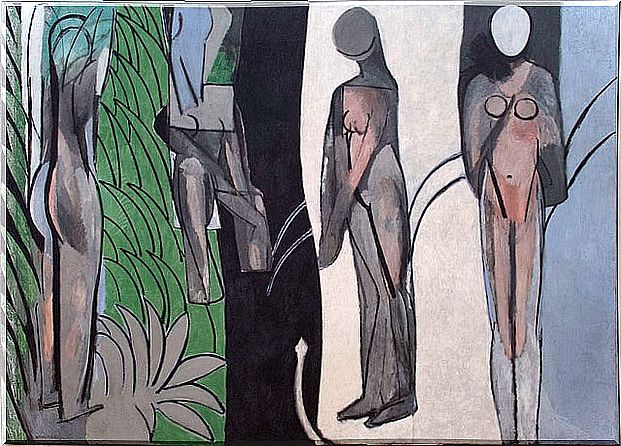
In 1898, encouraged by Camille Pissarro, he traveled to London, where he discovered the work of Joseph Turner and became interested in impressionist painting. Back in the French capital, he attended Eugène Carrière’s classes for a few months, where he met André Derain and Maurice Vlaminck.
In 1905, Henry Matisse, along with the two previous artists, exhibited at the Salon d’Automne. The critic Louis Vauxcelles called them fauves (savages), because his paintings expressed emotion with wild and dissonant colors. From then on, all of them were known by that name.
Little by little, the fame of the French painter grew, attracting the attention of various collectors and dealers. Among them, the brothers Leo and Gertrude Stein. He was also selected to carry out various commissions, such as the decoration of the Rosario Chapel (1948-1951). Three years later he died of cancer in Nice.
Masterpieces of Henry Matisse
1. The dance
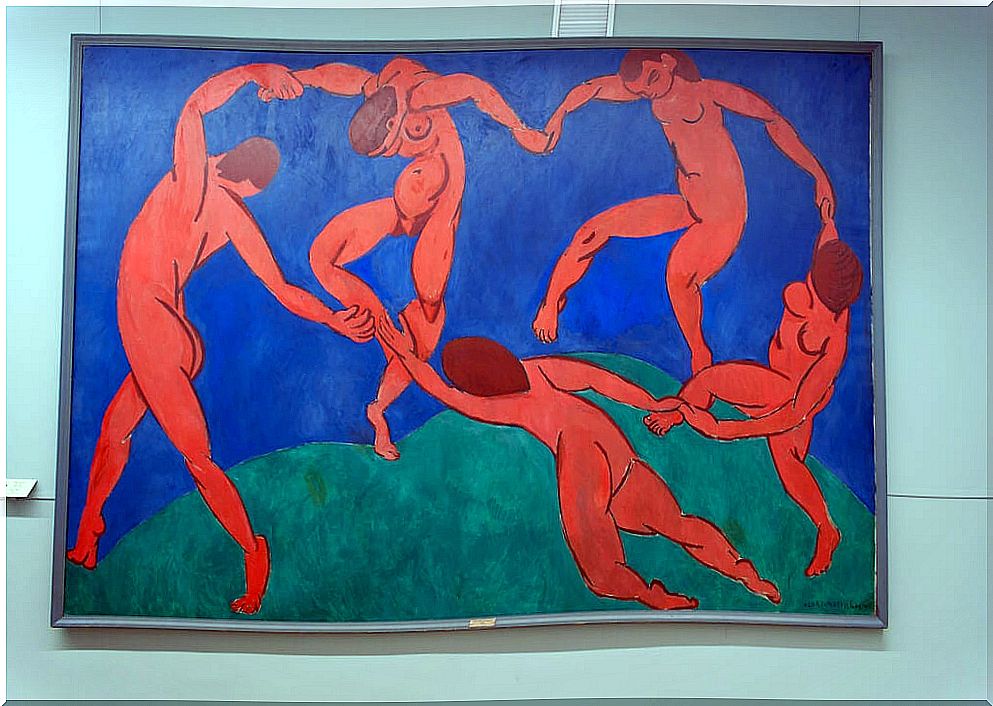
We want to start with the great work of Matisse: Dance . A painting of which there are curiously two versions with different variations. One of these versions can be seen in the MoMa in New York and the other in the Hermitage in Saint Petersburg.
The truth is that whatever you see, this 1910 painting is truly impressive and quickly captures us by the rhythm of its colors.
2. Harmony in red
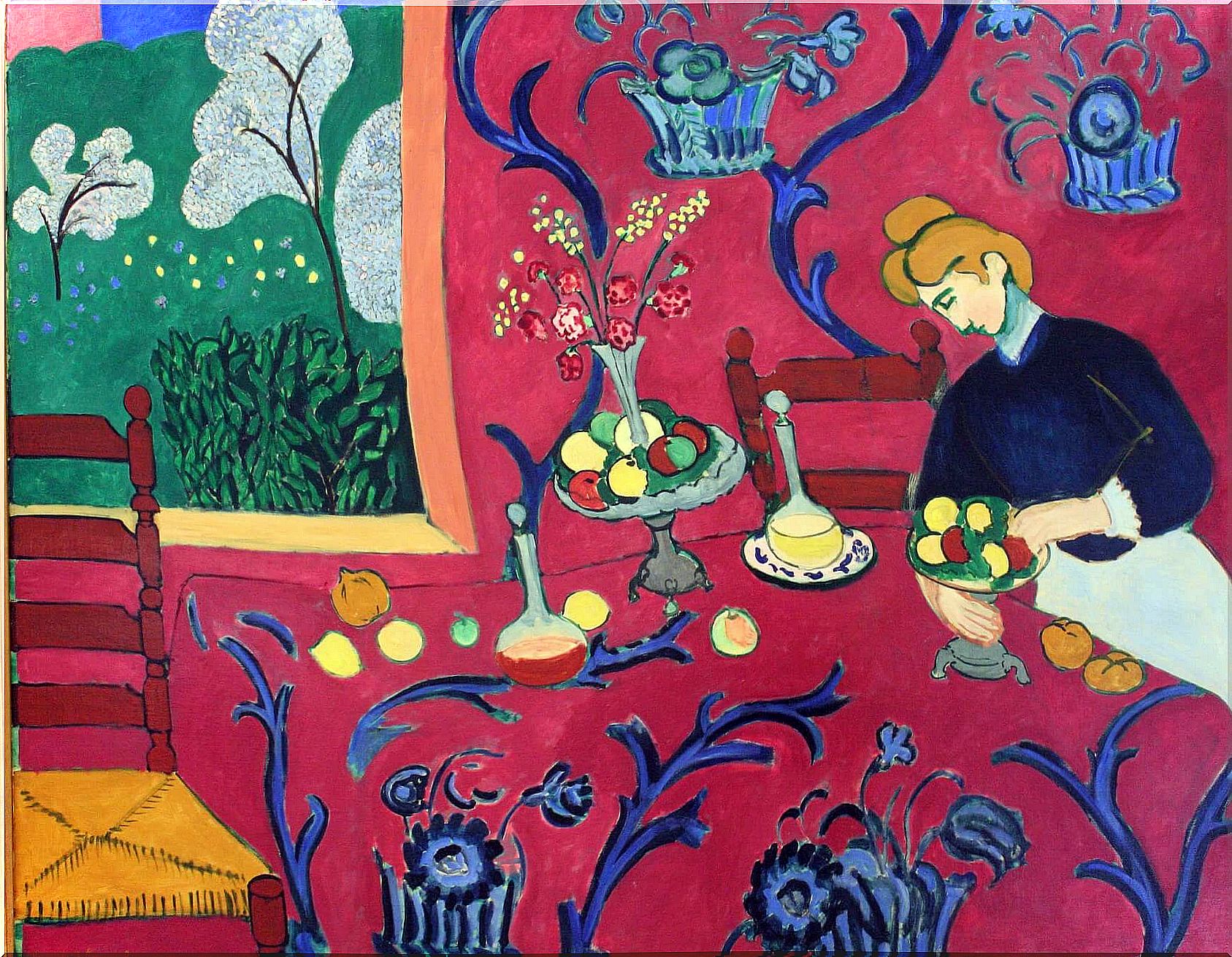
We said that the word fauvism comes from the French word “fauve”, that is, savage. An appellation to which an explanation is found when checking the strong colors that fill his canvases, at the same time that their shapes do not respect those that we are used to. And this painting from 1908 is a good example of all this.
3. Luxury, calm and voluptuousness
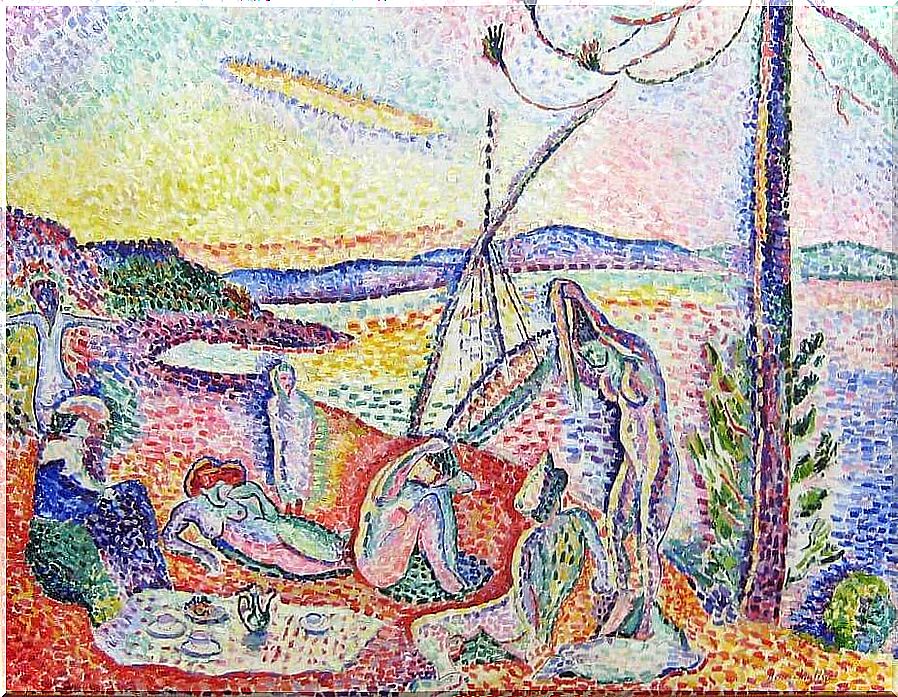
Before Matisse became the great master of Fauvism, his painting experimented with various techniques, one of which was pointillism, which was fashionable in France at the beginning of the 20th century.
This painting corresponds to this period of formation, painted in 1904. It is set on the beach of Saint Tropez on the Côte d’Azur.
4. Canal du Midi
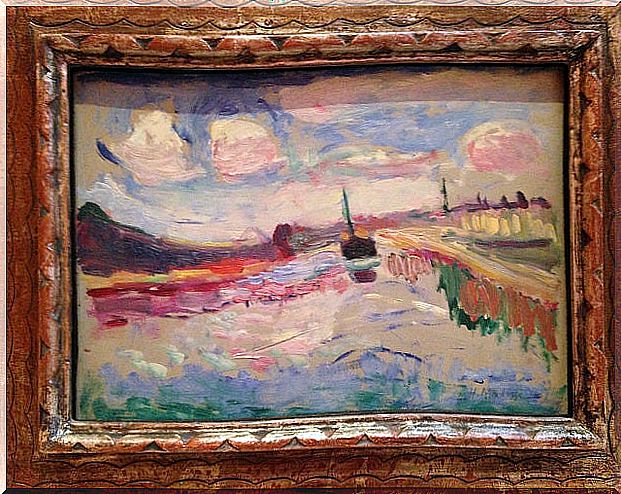
This canvas that he made between 1898 and 1899 is still earlier. By then Matisse is a young painter in the making and still does not have his own style. In fact, he was barely 20 years old, and somehow in training.
For this reason, his paintings are highly influenced by the impressionist trend, something that is very evident in his vision of the Canal de Midi.
5. Colliure
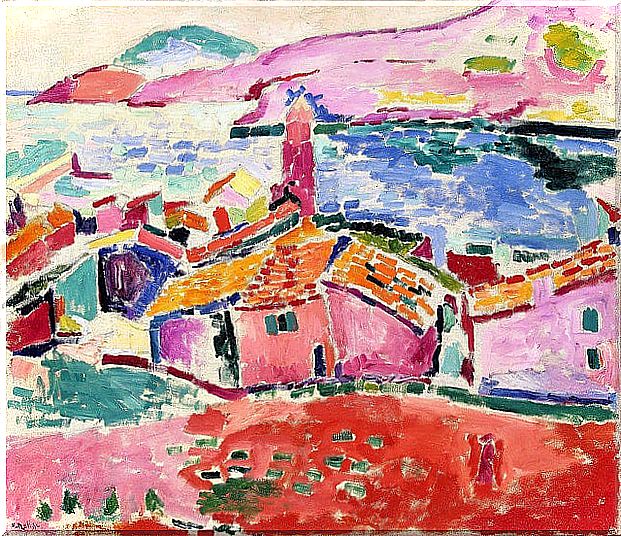
This painting is the image that the painter has of a town on the French coast, Coillure, already very close to the Spanish border.
A town that he visited in 1905 and that was a revelation for him. First of all, because of the light that he discovered there and, furthermore, because during that trip he got to know Gaugin’s work better, and that was going to be definitive for the development of Fauvism.
6. Woman with hat
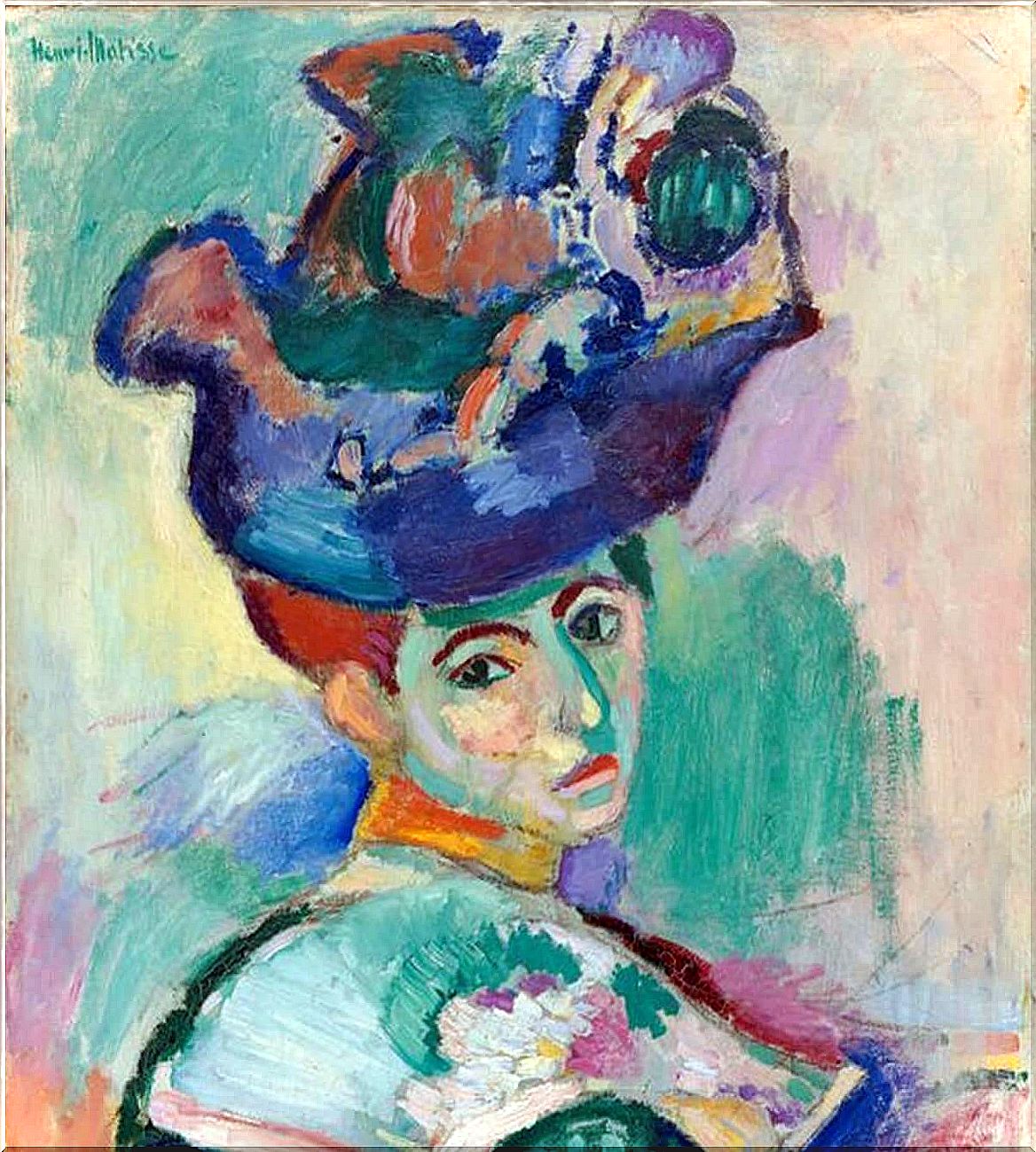
The new style he was creating was not easily accepted by art collectors. However, Matisse found in the Stein brothers passionate about their creations.
They bought him this 1905 work, which was a financial outlet for him and the beginning of his success. Today this painting is displayed in the San Francisco Museum of Art.
7. The joy of living
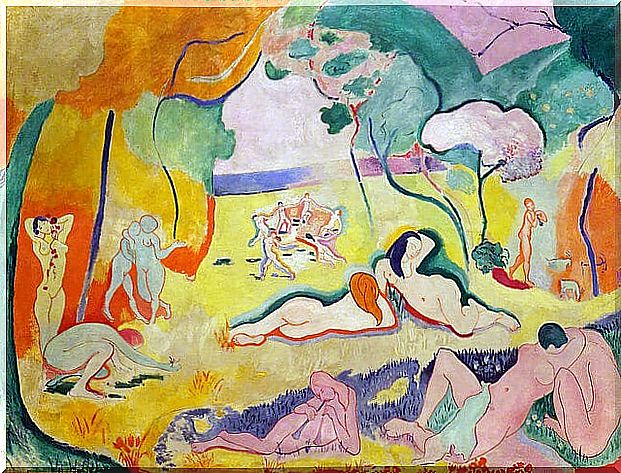
Perhaps after seeing the clear economic horizon, he was able to pour all his artistic concerns into the canvases, and also into the themes that attracted him. Thus, in the same year he painted this great painting, which is considered one of his masterpieces, as it brings together all the characteristics of his art.
The color, the dynamism, the synthesis of the forms and the cheerful and decorative spirit of his painting are perfectly appreciated in him.
8. Blue nude
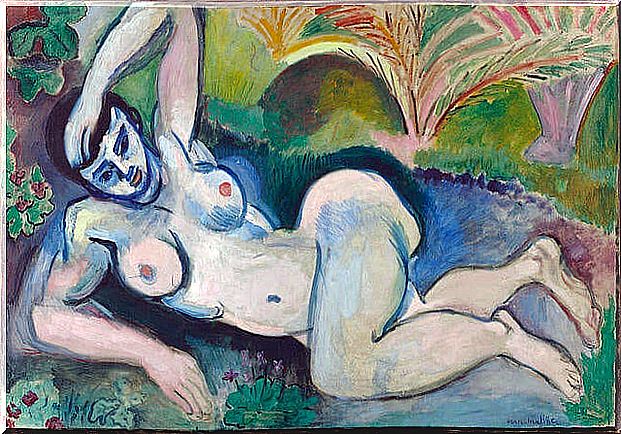
This mastery of color will reach its most absolute quotas in the works he made in the following years, such as this one from 1907. A painting he painted after a sculpture he was working on broke. Sculpture that, by the way, would later finish.
This work generated a strong controversy at the time, but it had an enormous influence on other painters such as Georges Braque or Pablo Picasso.
9. Bathers with turtle
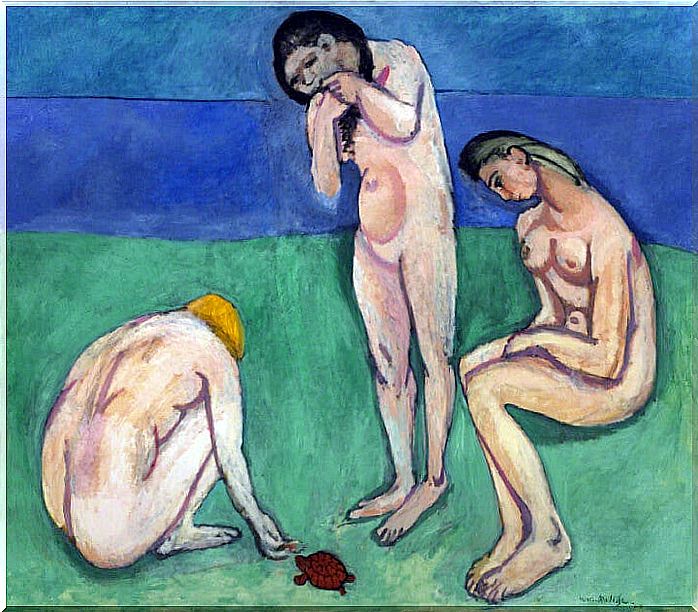
This work from the St. Louis of Missouri Museum of Art is only one year later, but it is less radical than the previous one. Even so, it is pure Fauvism, since the figures of the three people and the turtle are perfectly recognizable, but they do not have any detail.
He goes to the essence of the forms when representing them because what is important for him is the color, both of the figures and of the horizontal bands in the background that mark the beach, the sea and the sky.
10. Still life with oysters
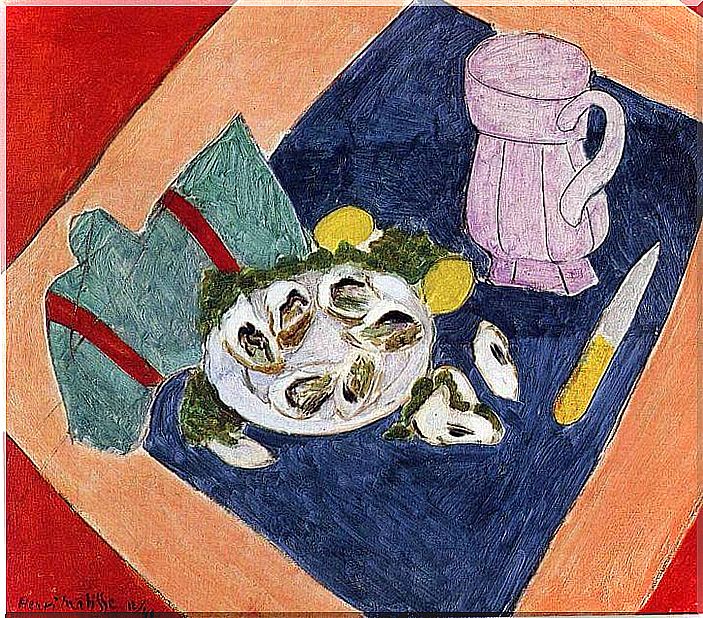
The truth is that Matisse remained faithful to Fauvism until his death in 1954, although it is true that over the years he experimented with new themes and compositions.
An example is this painting from 1940 that is part of the collection of the Basel Museum, in Switzerland, and that is its particular contribution to the history of still lifes. A pictorial theme that ranges from Flemish painters to the present day, passing through Zurbarán or Cezanne.
11. Small nude squat with arms
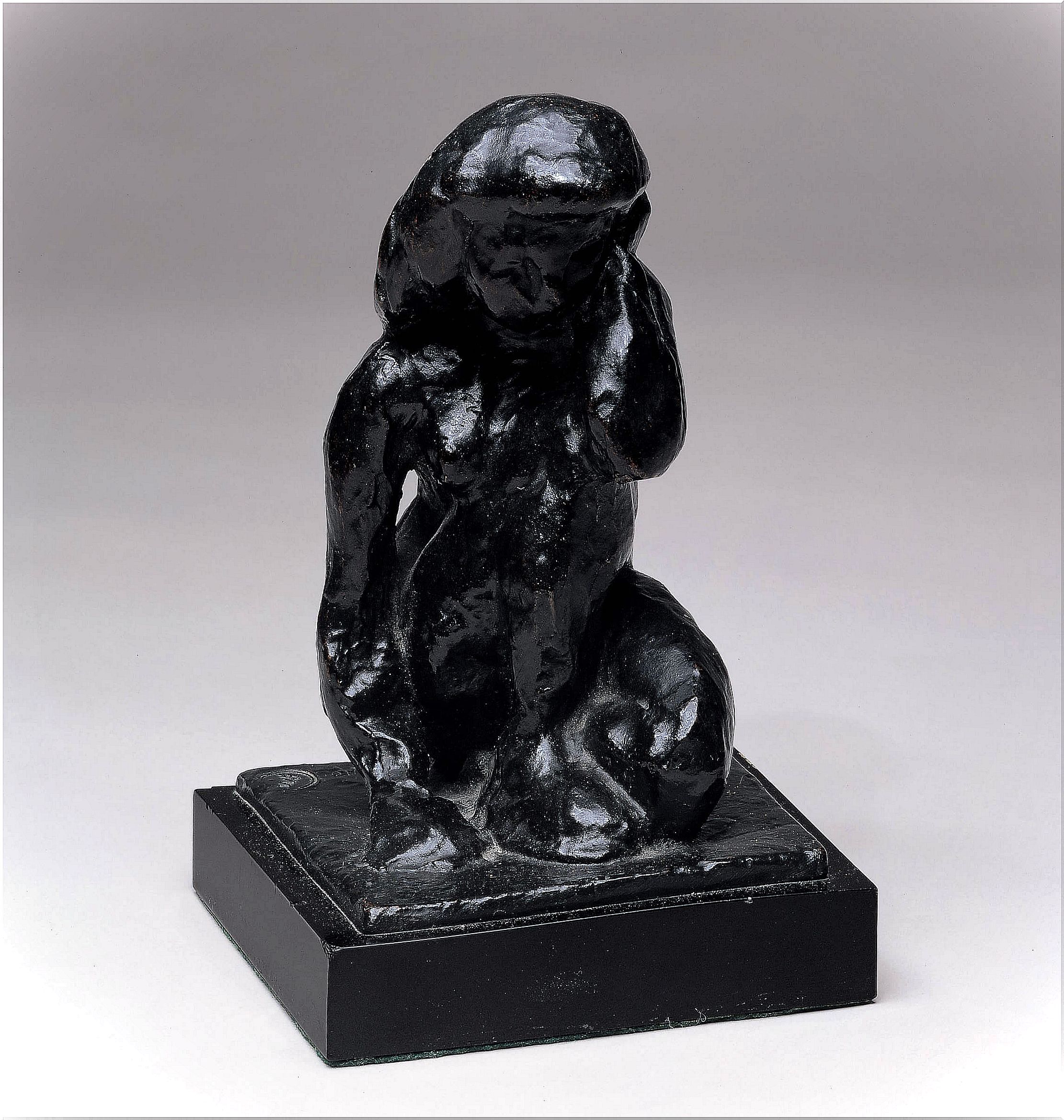
And after so much painting, we want to end this list with one of the sculptures that Matisse also made. A small work that is kept in the Thyssen-Bornemisza Museum in Madrid.
A reduced size that is intentional, since this type of sculpture served the artist as sketches or studies to apply in his future paintings.
Matisse’s work in Nice
Much of his work is in the Matisse Museum, opened in Nice in 1963. In fact, it was the painter himself who selected everything that makes up the current collection that houses the building: from paintings to drawings, through sculptures and photographs. All of them are invaluable.
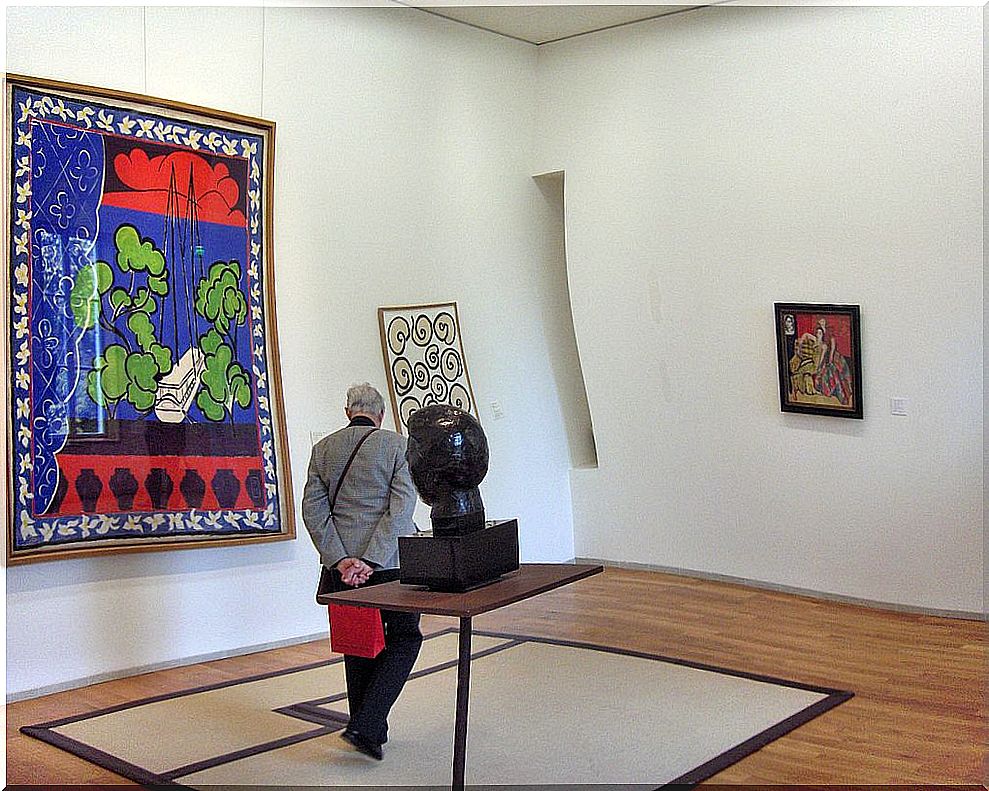
Also, that the museum dedicated to the painter is in Nice is no coincidence, since it is the city in which he lived for much of his life. More specifically, from 1918 to 1954. The building also exhibits about two hundred objects that belonged to and inspired Matisse for the creation of his artistic work.
As if that were not enough, throughout the year the museum hosts various temporary exhibitions, with the aim that the inhabitants of Nice or tourists can discover other works by Henry Matisse. All this for free, although there is also the possibility of hiring a guided tour for 2.5 euros.
In Cateau-Cambrésis, his birthplace, there is also another museum dedicated to the work of the famous painter. A museum that, unlike the previous one, also houses creations by other artists such as Auguste Herbin. It was inaugurated in 1952 and every year around 70,000 tourists visit it.
